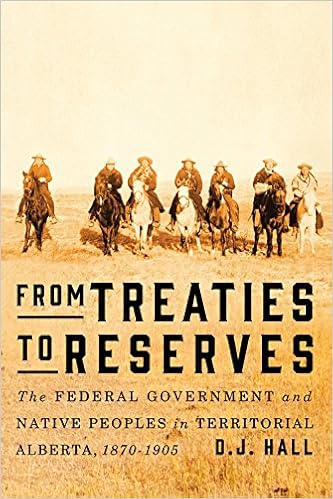It is with a heavy heart that your editor and, I am sure, the other members of the Victorian Society of Alberta, has watched the unfolding of the discovery of the remains of 215 children, some as young as three, in an unmarked grave at the Residential School in Kamloops BC.
The atrocity which was/is the Indian Residential School policy happened "On our watch" and as a group which studies and celebrates the Victorian and Edwardian Eras in Western Canada, we must include it, recognize it, and try to understand it. The results of this attempted cultural genocide are still being felt today by the survivors and descendants of those directly impacted. There is no way to separate the development and settlement of the West from the attempted destruction of the Indigenous peoples that were already here when the "Victorian" colonists arrived.
We have included several excellent books in our Book Tuesday lists that can help with learning about and understanding how that tragic part of our history unfolded, and I think it is important that we understand it and recognize it as the inter-generational trauma that it is.
I have included a link below to the report from the Truth and Reconciliation Commission that concerns the "missing children and unmarked burials".
This article from the Edmonton Journal is sobering indeed:
Why so many children died at Indian Residential Schools
At some schools, annual death rates were as high as one in 20!
I urge all our readers and followers to read up on this and, as we continue to study and "enjoy" the history of the development of the Canadian West in the Victorian and Edwardian context, we must never lose sight of the fact of this Governmental, Religious, and Societal attempt to destroy, humiliate, and dispossess the original inhabitants of these lands.
Kevin Jepson
Webmaster/Editor for
The Victorian Society of Alberta
~~~~~~~~~~~~~~~~~~~~~~~~~~~~~~~~~~~~~~~~~~~~~~~~~~~~~~~~~~~~~~~~~~~~~~~~~~




